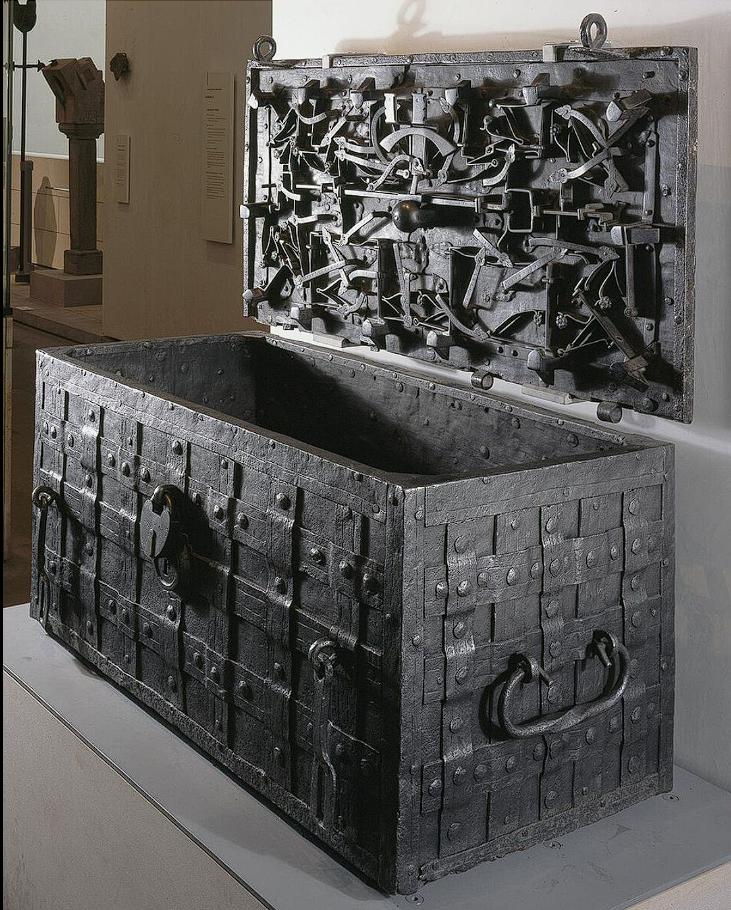The Darien Chest: A Symbol of Scotland’s Ambition and Loss
Beneath layers of rusted iron and centuries-old dust lies a chest that once carried the hopes of a nation. The Darien Chest is not merely an artifact; it embodies one of the most ambitious—and heartbreaking—chapters in Scottish history.

The Darien Scheme: Scotland’s Bold Venture
Origins of the Darien Scheme
In the late 1690s, Scotland sought to establish itself as a global trading power. The Darien Scheme aimed to create a colony on the Isthmus of Panama, providing a strategic trade route between the Atlantic and Pacific oceans. This venture was seen as a path to economic prosperity and national pride.
The Role of the Company of Scotland
The Company of Scotland Trading to Africa and the Indies was established in 1695 to fund and manage the Darien Scheme. It attracted investments from all levels of Scottish society, amassing a significant portion of the nation’s capital. The Darien Chest was used to store the company’s funds and important documents, symbolizing the collective trust in the venture.
The Ill-Fated Expedition
In 1698, five ships carrying around 1,200 settlers departed from Leith, Scotland, to establish the colony of New Caledonia in Darien. Upon arrival, the settlers faced harsh conditions, tropical diseases, and resistance from Spanish forces. The colony struggled to sustain itself, leading to its abandonment within a year.
The Darien Chest: Guardian of a Nation’s Trust
Construction and Significance
The Darien Chest was a robust iron-bound chest with multiple locks, each requiring a different key held by separate directors of the Company of Scotland. This design ensured that no single individual could access its contents alone, reflecting the collective responsibility and transparency valued by the company.
Contents of the Chest
The chest contained vital documents, financial records, and funds essential for the operation of the Darien Scheme. It served as the secure repository for the company’s assets, symbolizing the hopes and investments of the Scottish people in the colonial endeavor.
Legacy and Preservation
Today, the Darien Chest is preserved at the National Museum of Scotland. It stands as a poignant reminder of the nation’s ambitious attempt at establishing a global presence and the profound impact of the scheme’s failure on Scottish history.
Consequences of the Darien Scheme’s Failure
Economic Impact
The collapse of the Darien Scheme resulted in substantial financial losses, estimated to be about a quarter of Scotland’s liquid capital at the time. Many investors, including members of the nobility and common citizens, faced financial ruin, leading to widespread economic distress.
Political Ramifications
The economic fallout from the failed venture weakened Scotland’s position, making the idea of political union with England more appealing. In 1707, the Acts of Union were passed, uniting Scotland and England into the Kingdom of Great Britain. The union included financial compensation for Darien investors, easing the economic burden.
Cultural and Historical Significance
The Darien Scheme remains a significant event in Scottish history, symbolizing both the nation’s aspirations and the consequences of overambition. The Darien Chest serves as a tangible link to this period, offering insights into the challenges faced during Scotland’s pursuit of colonial expansion.

CÁC TIN KHÁC
Mary Walton: The Forgotten Inventor Who Helped Clean Up America’s Cities
Tomb of Queen Nefertari in the Valley of the Queens, Egypt
Discover the Hypostyle Hall of the Temple of Hathor at Dendera
Venus de Losange: Unveiling the Mystery of a 20,000-Year-Old Paleolithic Icon